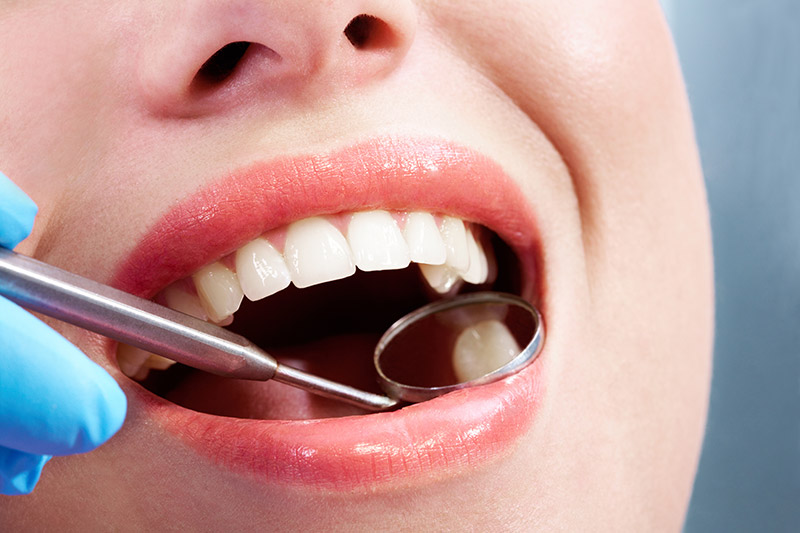Dental Bridges Near You
If you are missing a tooth or several teeth, a bridge could be an option to restore your smile. A bridge is formed with an artificial tooth or teeth in the gap and held in place with crowns on either side. The extra strength gained from the crowns maintains the layout of your teeth and allows you to bite and speak properly.

Types of Dental Bridges
Bridges fall into three categories:
Traditional bridges
These are the most common, made from porcelain fused to metal or ceramic.
Cantilever bridge
This alternative to the traditional bridge is no longer used often. It is an option when there are no teeth to one side of the missing tooth or teeth. However, it is a poor choice for the back of the mouth, as it can cause excessive force on the other teeth, leading to damage.
Maryland bonded bridge
The Maryland bonded bridge also goes by the names of resin-bonded bridge or Maryland bridge. This type of bridge is made from porcelain, porcelain fused to metal, or plastic and has a metal or porcelain framework. It is held in place with metal or porcelain wings, usually just bonded on one side.
The Dental Bridge Procedure
The procedure to receive a bridge may involve several visits to your dentist. In the first appointment, the dentist will prepare your teeth for receiving crowns by removing some of the enamel. He or she will also make an impression of your teeth to send to the dental laboratory. You will receive a temporary bridge to protect your teeth and gums until the permanent one is ready.
You will have your second appointment when your permanent bridge is ready. The dentist will remove the temporary bridge and install the new one, checking the fit. After this, you may need to return several times to ensure that the metal framework remains in the right place and that the bridge has no impact on your bite.
